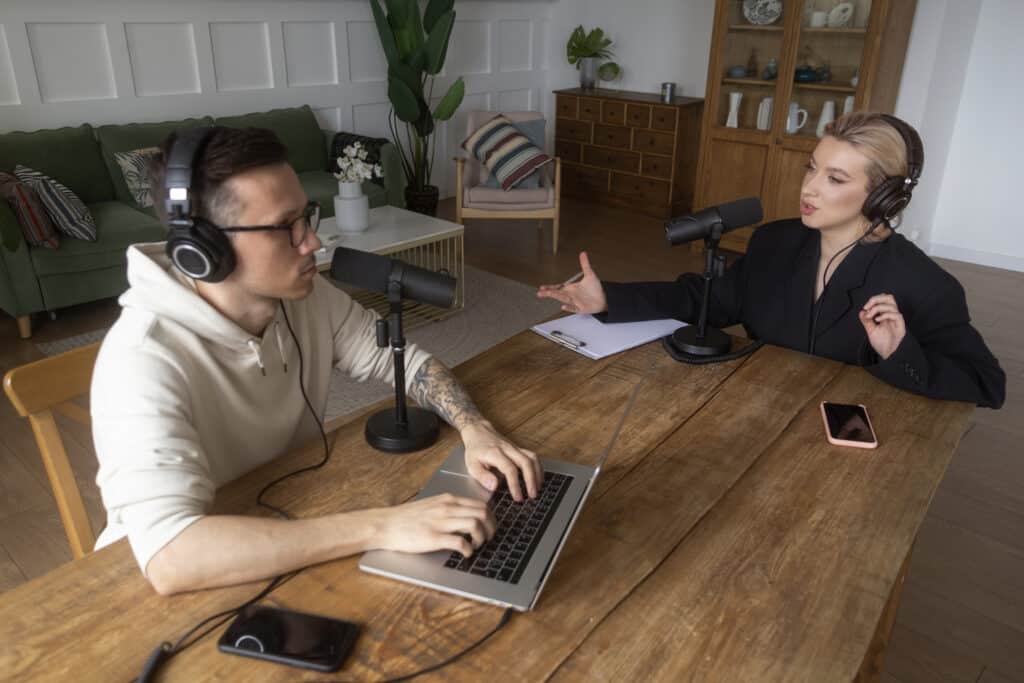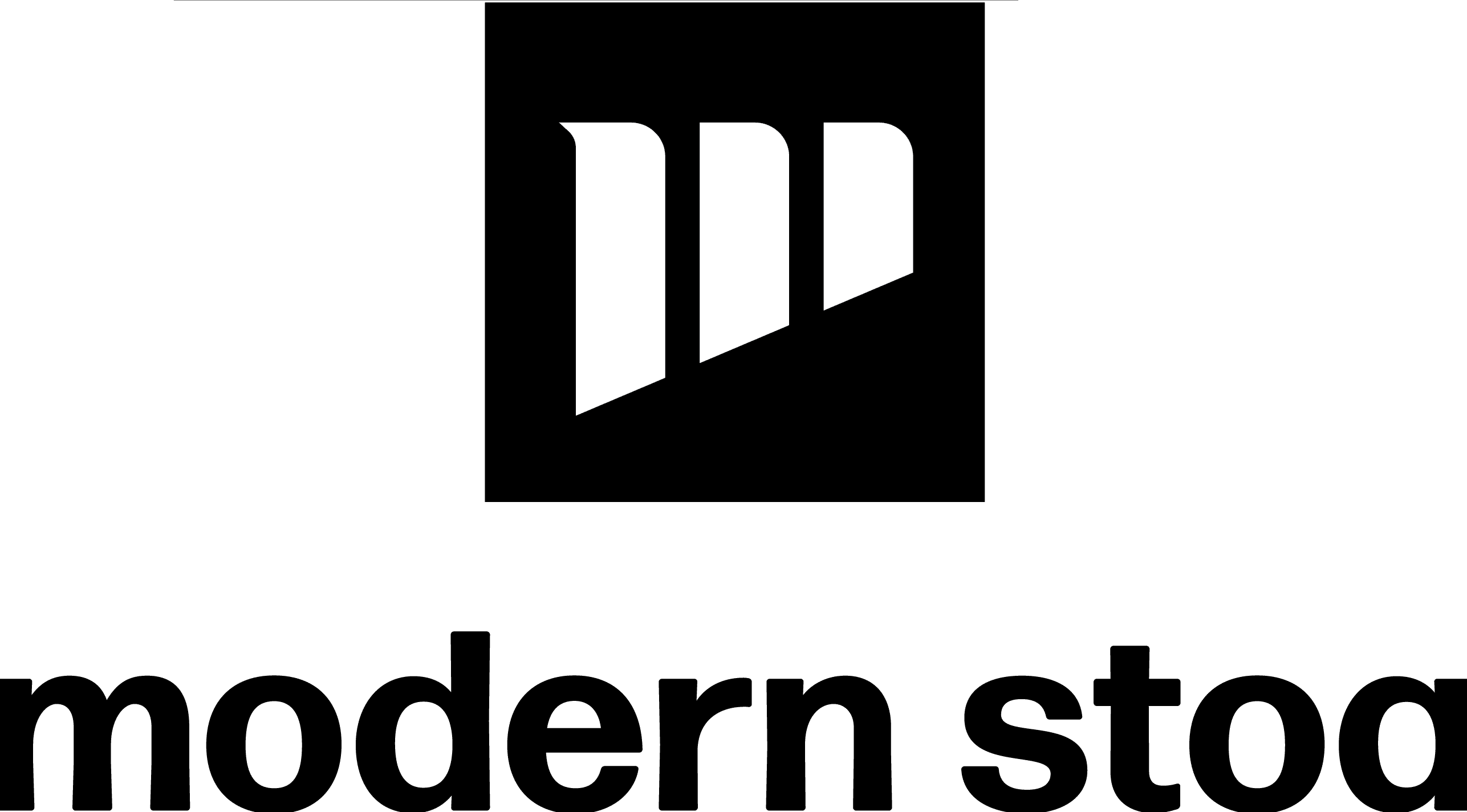
Podcasting has always been about connection. But in today’s landscape, that connection no longer requires sharing the same physical space. Remote recording — once a workaround — has now become the industry norm, reshaping how teams collaborate and how stories are captured.
The rise of remote interviews has opened the door to greater flexibility and accessibility. A guest in London, a host in Los Angeles, and a producer in Texas can now create a seamless episode together. Geography is no longer a barrier — and that’s changed everything. More voices can be heard, more stories can be told, and more creators can join the game without the traditional costs and logistics.
Of course, it’s not without its challenges. Laggy audio, background noise, and inconsistent mic setups can quickly derail an otherwise compelling conversation. But as the demand for remote content rose, so did the solutions. Here are a few go-to platforms that are shaping the remote podcasting workflow:
- Riverside.fm: Offers local audio and video recording in studio quality, even with remote guests.
- SquadCast: Great for capturing clean audio tracks separately and minimizing dropouts.
- Zencastr: A user-friendly platform that includes video, live editing, and cloud backups.
- Cleanfeed: Popular among audio pros for high-fidelity live recordings.
- Descript: Transcription and multitrack editing in one — perfect for hybrid teams who want to collaborate async.
Hybrid teams are also the new normal. Many podcast studios now operate with distributed staff — producers, editors, writers, and marketers all collaborating remotely. Hybrid Teams: The New Normal Many production teams now operate across time zones. A showrunner in LA might coordinate with a virtual assistant in Manila, a sound designer in Berlin, and a social media manager in Chicago. What makes it work?
- Clear workflows (Trello, Notion, or Asana for task management)
- Regular check-ins (Slack huddles, Zoom calls, async voice notes)
- Cloud storage (Google Drive, Dropbox, or Frame.io for file sharing and feedback)
Maintaining quality in a remote setting takes intention. Many studios now send mic kits directly to guests or guide them through setup beforehand. A short pre-call to test sound levels and the environment can make a huge difference. In post-production, experienced engineers use EQ, compression, and noise reduction to polish the final product — but clean source audio still makes the biggest impact.
What once seemed like a compromise has become a creative edge. Remote production allows for faster turnaround, broader talent access, and more inclusive storytelling. But for those who want the cleanest, most professional sound possible, nothing quite beats the consistency and control of recording in a proper studio.
Looking to take your podcast to the next level? Book a session at Modern Stoa Podcast studio go to modernstoa.co/studio

